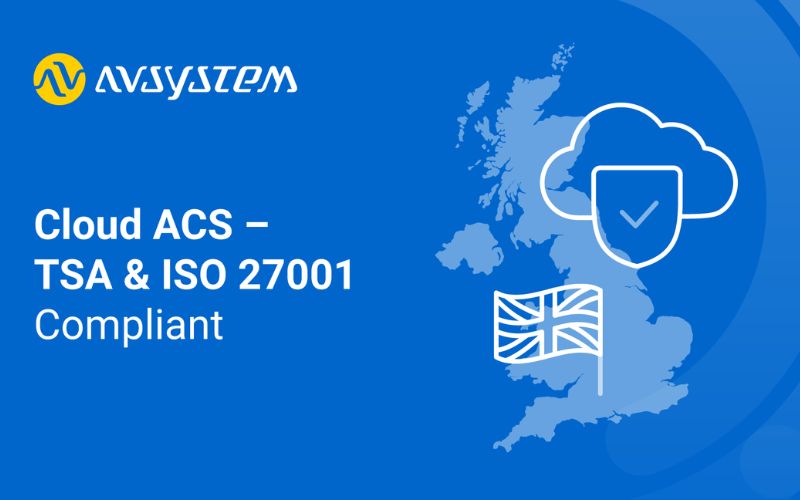Euroroute Network Solutions
The Truth About Cloud ACS Myths: Addressing ISP Concerns and Misconceptions
As UK ISPs scale their operations and transition to gigabit broadband, effective device management becomes a critical success factor. For many, Cloud ACS (Auto Configuration Server) solutions represent a future-ready pathway to scalability, operational efficiency, and enhanced service quality. Yet despite the clear advantages, lingering misconceptions can delay adoption.

Common Cloud ACS Myths
At Euroroute, we regularly support ISPs through this transition demystifying the process and ensuring it aligns with their technical and business needs. In this blog, we unpack five of the most common myths surrounding Cloud ACS and present the reality of modern, secure, and scalable remote device management.
1. Myth: The Transition to Cloud ACS Is Too Complex
Reality:
Switching to a cloud-based ACS platform may seem daunting, but with the right partner, the process is both structured and supported. Reputable vendors streamline migration using well-tested methodologies, robust tooling, and expert guidance. This ensures phased rollouts that avoid disruption to your customers or internal systems. With Euroroute’s support and AVSystem’s proven Cloud ACS platform, ISPs experience a smooth path from planning to full deployment.
2. Myth: Cloud ACS Implementation Is More Expensive Than On-Premises Solutions
Reality:
Concerns around cost often overlook the significant long-term savings Cloud ACS delivers. With no need for local servers, maintenance contracts, or in-house support infrastructure, operating costs drop dramatically. Cloud ACS offers a scalable, pay-as-you-grow pricing model that is ideal for altnets and regional providers looking to scale. When measured over a typical three to five year period, total cost of ownership (TCO) is significantly lower than maintaining a legacy on-premises solution.
3. Myth: Cloud ACS Is Less Secure Than On-Premises Deployments
Reality:
Security concerns are common but often misplaced. Top-tier Cloud ACS platforms are built with enterprise-grade security in mind, including advanced encryption, redundancy, continuous monitoring, and third-party certifications like ISO and SOC2. These providers operate under a shared responsibility model, where the infrastructure is secured by the vendor, and ISPs retain full control over access, devices, and policies. For many providers, this results in a more robust security posture than what is achievable in-house.
4. Myth: Regulatory and Compliance Requirements Cannot Be Met in the Cloud
Reality:
Many ISPs operating in regulated environments mistakenly assume that Cloud ACS platforms can’t meet compliance obligations. In fact, leading platforms offer comprehensive features to support GDPR, ISO, and national data residency requirements, including flexible hosting locations and detailed audit trails. Automation tools built into cloud platforms can even simplify compliance processes helping ISPs reduce risk and improve transparency.
5. Myth: Cloud ACS Solutions Are Less Reliable
Reality:
Fears of downtime and service instability are increasingly outdated. Cloud ACS providers offer service level agreements (SLAs) with 99.9%+ uptime, backed by geographically redundant infrastructure and failover systems. These cloud environments are monitored 24/7 and tested against high traffic and unexpected failures, delivering stability that often surpasses traditional on-premise deployments especially those hosted in a single location without built-in redundancy.
Making the Move with Confidence
Modern Cloud ACS platforms are built to empower ISPs of all sizes. With enhanced visibility, better control, and long-term cost benefits, cloud solutions are no longer a fringe option and are fast becoming the industry standard. At Euroroute, we help ISPs unlock these benefits with full migration support, pre-integrated device provisioning, and remote lifecycle management through AVSystem’s Cloud ACS. We offer a free 30-day trial of our Cloud ACS platform, giving ISPs a risk-free opportunity to experience the benefits of scalable, remote device management firsthand. Whether you’re managing 10,000 devices or 100,000, our scalable model ensures you stay agile, secure, and customer-focused.

